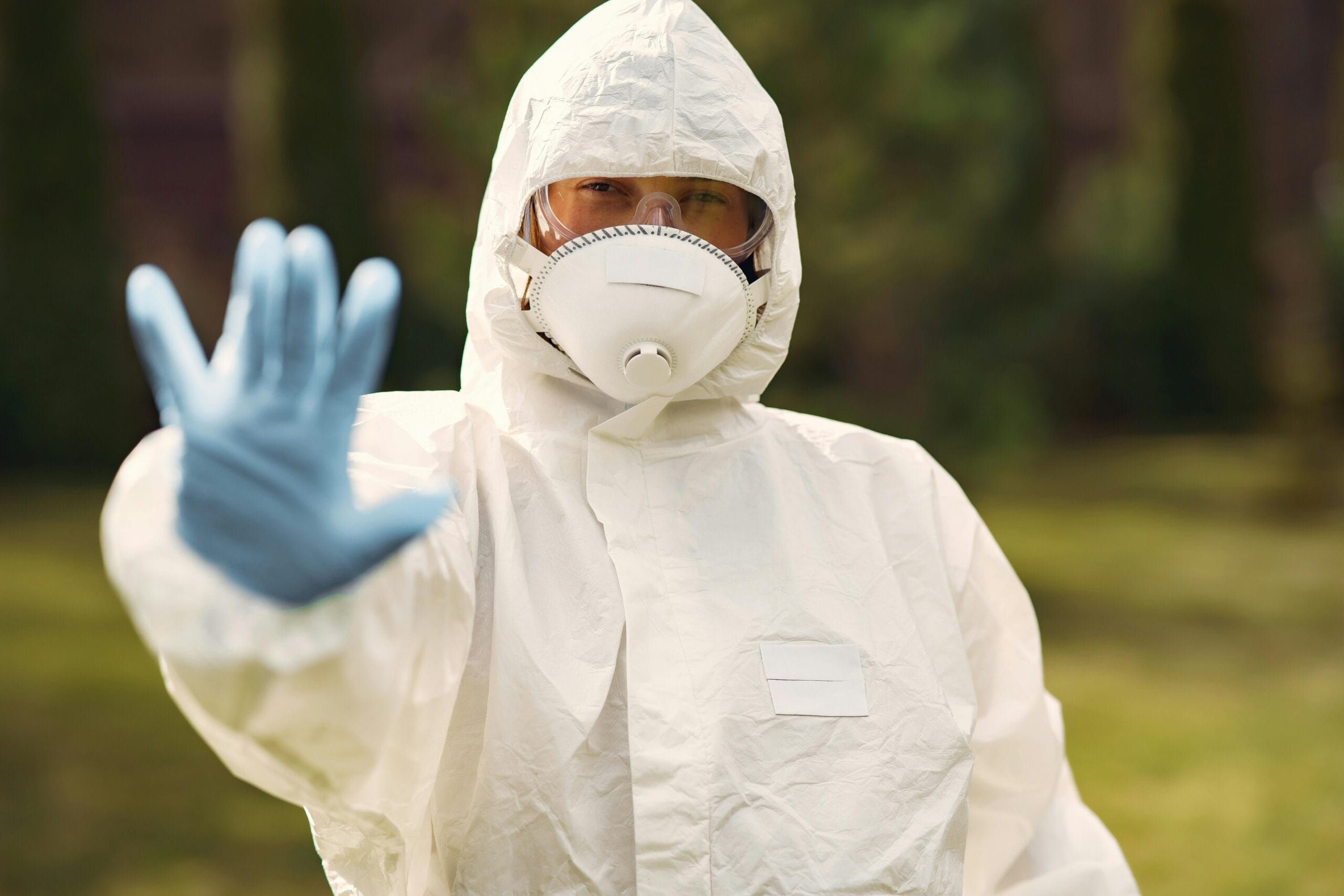
As a PPE supplier, I’ve talked to dozens of procurement managers who all ask me the same thing:
“Zion, can you just give me a list of everything we should be using?”
So here it is—a complete, practical PPE guide for safety-conscious buyers who need the right equipment, without wasting time or budget. Whether you’re outfitting a team on a jobsite, in a plant, or across multiple facilities, this checklist covers all the essential categories—and a few you might’ve missed.
Head Protection: Helmets and Hard Hats
When to use: Construction, manufacturing, overhead hazards, electrical zones.
Buyer’s note:
Look for ANSI Z89.1 or EN 397-certified helmets with adjustable suspension. For electrical work, ensure Class E protection.
✅ Tip: Go for models with moisture-wicking sweatbands and optional face shield slots.
Eye and Face Protection: Goggles, Face Shields, and Safety Glasses
When to use: Grinding, cutting, chemical handling, dust exposure.
Buyer’s note:
Choose anti-fog, scratch-resistant polycarbonate lenses with side protection. Face shields should comply with ANSI Z87.1 or EN 166.
✅ Tip: Pair face shields with goggles or glasses—face shields alone aren’t enough for impact protection.
Hearing Protection: Earplugs and Earmuffs
When to use: Machinery zones, fabrication shops, airports, construction.
Buyer’s note:
Check NRR (Noise Reduction Rating). For high-noise areas, go for earmuffs with 26+ dB NRR. For comfort, offer both reusable and disposable options.
✅ Tip: Consider corded earplugs for hygiene and loss prevention.
Respiratory Protection: Masks and Respirators
When to use: Dusty environments, painting, welding, handling chemicals or biological hazards.
Buyer’s note:
Make sure masks are NIOSH or CE-certified. Know the difference:
- N95/P2 – Basic airborne particles
- Half-face respirators – Chemical or gas exposure
- Full-face respirators – High-risk or toxic environments
✅ Tip: Always confirm compatibility with filter cartridges for your hazard type.
Hand Protection: Gloves for Various Hazards
When to use: Mechanical work, food handling, chemical contact, heat zones.
Buyer’s note:
Don’t settle for one glove type. Match gloves to the task:
- Cut-resistant (EN 388) for sharp tool work
- Chemical-resistant (EN 374) for solvents and acids
- Heat-resistant for welding or foundry
- Nitrile or latex disposable for hygiene or labs
✅ Tip: Check size range availability—ill-fitting gloves reduce protection and productivity.
Body Protection: Coveralls, Aprons, and Protective Clothing
When to use: Welding, spray painting, food processing, lab work.
Buyer’s note:
Look for breathable yet durable materials. For fire-risk tasks, go for FR-rated (Flame Resistant) fabrics like Nomex® or FR cotton. For chemical risk, go for sealed-seam suits.
✅ Tip: Use color-coded garments to separate departments or hazard levels.
Foot Protection: Steel Toe Boots and Slip-Resistant Footwear
When to use: Warehousing, construction, kitchens, logistics.
Buyer’s note:
Ensure boots meet CSA Z195 or EN ISO 20345 standards. Look for:
- Steel/composite toe
- Oil-resistant, slip-resistant soles
- Electrical hazard protection if needed
✅ Tip: Provide insulated or waterproof options for cold/wet environments.
Fall Protection: Harnesses, Lanyards, and Safety Nets
When to use: Working at heights (roofs, scaffolding, towers, etc.)
Buyer’s note:
Only buy gear that meets ANSI Z359 or EN 361. Full-body harnesses are standard. Check for shock-absorbing lanyards and anchorage connectors.
✅ Tip: Keep an eye on expiry dates and inspection logs—this gear saves lives and must be maintained.
Specialized PPE: Arc Flash, Chemical, and Biohazard Equipment
When to use: High-voltage areas, chemical plants, labs, medical settings.
Buyer’s note:
Arc-rated suits must meet NFPA 70E / ASTM F1506.
For chemical suits, look for Type 3/4/5 suits (EN ISO standards).
Biohazard PPE should include fluid-resistant gowns, face shields, and double gloves.
✅ Tip: These are not one-size-fits-all. Always confirm sizing and test certifications before ordering in bulk.
How to Select the Right PPE for Your Work Environment
The gear only works if it fits the risk. Here’s a simple checklist before you buy:
✔️ Hazard Assessment: What are the real risks (impact, chemical, heat, etc.)?
✔️ Compliance: What standards apply (CSA, ANSI, EN)?
✔️ Comfort & Fit: Will workers actually wear it?
✔️ Environment: Indoor/outdoor? Hot/cold? Dry/wet?
✔️ Usage Frequency: Disposable or reusable?
And always, always ask for test certificates, not just spec sheets. At WorkwearSolutions, we don’t just sell PPE—we help you get it right the first time.
Final Thoughts
If you’re sourcing PPE for a team, a facility, or a nationwide network, I get it—you’re juggling cost, compliance, and safety all at once. That’s why we build every order around real-world use, not just catalog pages. Want to talk about your exact situation? Just reach out. I’ll walk you through it, no pressure.
📩 Email me directly at: [email protected]
🌐 Visit: www.workwearsolutions.net
Zion Zhang
Recent Posts
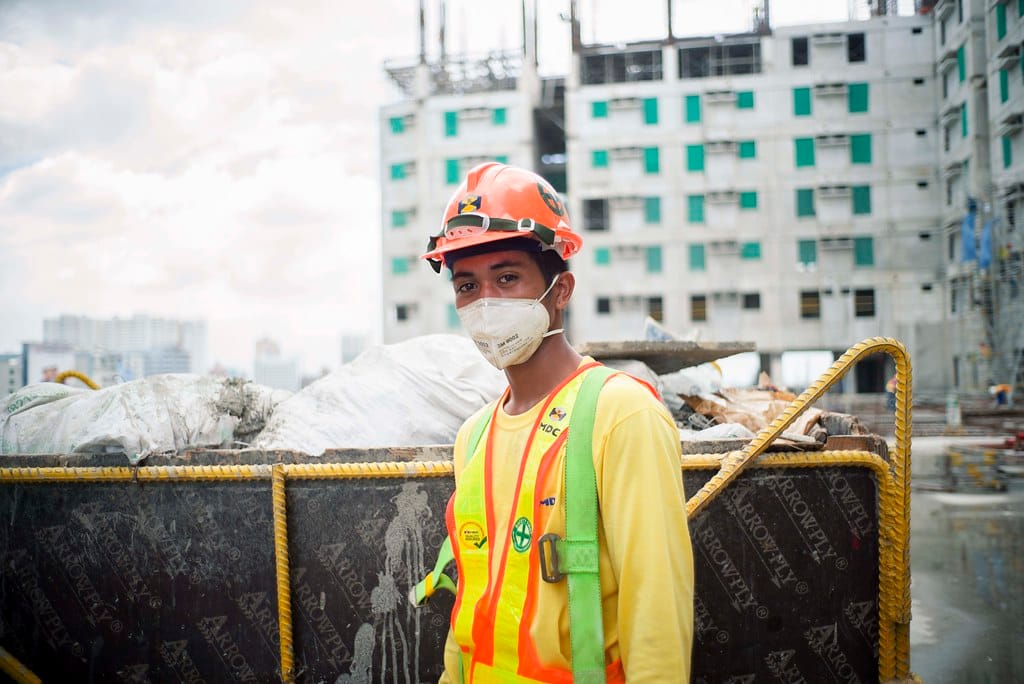 5 Essential Personal Protective Equipment (PPE) Items and Their Uses2025年6月17日When buyers ask me, “Zion, if I can only start with five […]
5 Essential Personal Protective Equipment (PPE) Items and Their Uses2025年6月17日When buyers ask me, “Zion, if I can only start with five […]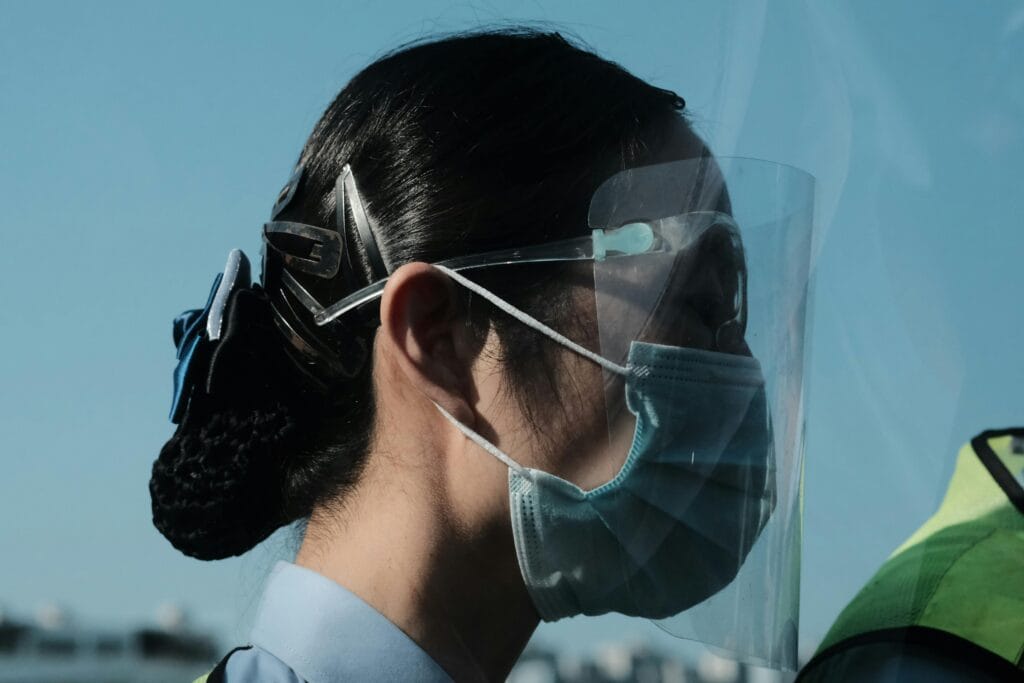 Face Shield Policy: Guidelines for Safe and Effective Use in the Workplace2025年6月17日A buyer once told me, “Zion, we’ve got face shields in the […]
Face Shield Policy: Guidelines for Safe and Effective Use in the Workplace2025年6月17日A buyer once told me, “Zion, we’ve got face shields in the […]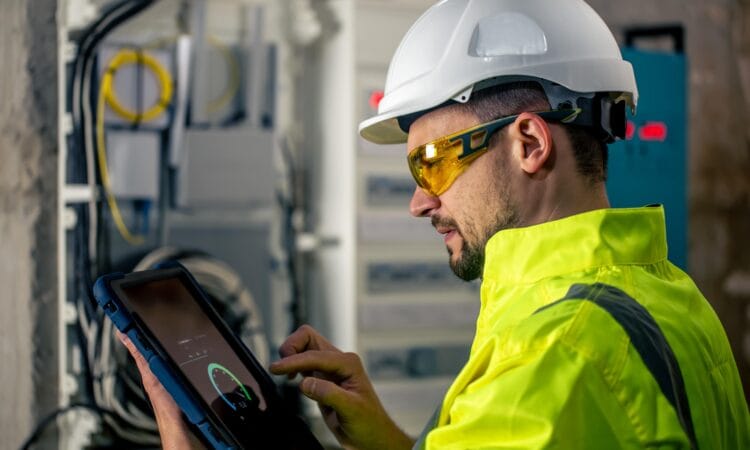 Understanding the Importance of Limb and Body Protection in Hazardous Environments2025年6月16日Not long ago, a buyer from a food processing plant reached […]
Understanding the Importance of Limb and Body Protection in Hazardous Environments2025年6月16日Not long ago, a buyer from a food processing plant reached […]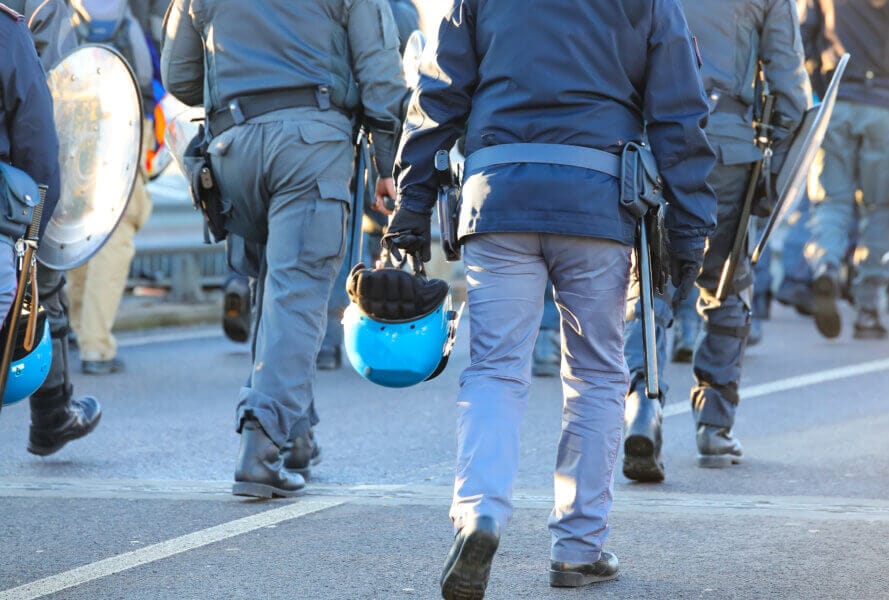 Essential PPE for Staying Safe During Protests and Demonstrations2025年6月13日I once spoke with a buyer who handled safety gear for NGOs […]
Essential PPE for Staying Safe During Protests and Demonstrations2025年6月13日I once spoke with a buyer who handled safety gear for NGOs […] WorkSafeBC Steel Toe Boot Requirements: Compliance, Safety Features, and Industry Applications2025年6月13日I still remember the first time a Canadian client called me […]
WorkSafeBC Steel Toe Boot Requirements: Compliance, Safety Features, and Industry Applications2025年6月13日I still remember the first time a Canadian client called me […] What Is Kitchen Protective Clothing and Why Is It Important?2025年6月12日I once had a chef client in Canada tell me, “Zion, in a […]
What Is Kitchen Protective Clothing and Why Is It Important?2025年6月12日I once had a chef client in Canada tell me, “Zion, in a […]
CONTACT US
- Feel free to contact us any time. We will get back to you as soon as we can!
- +86-17330061805
